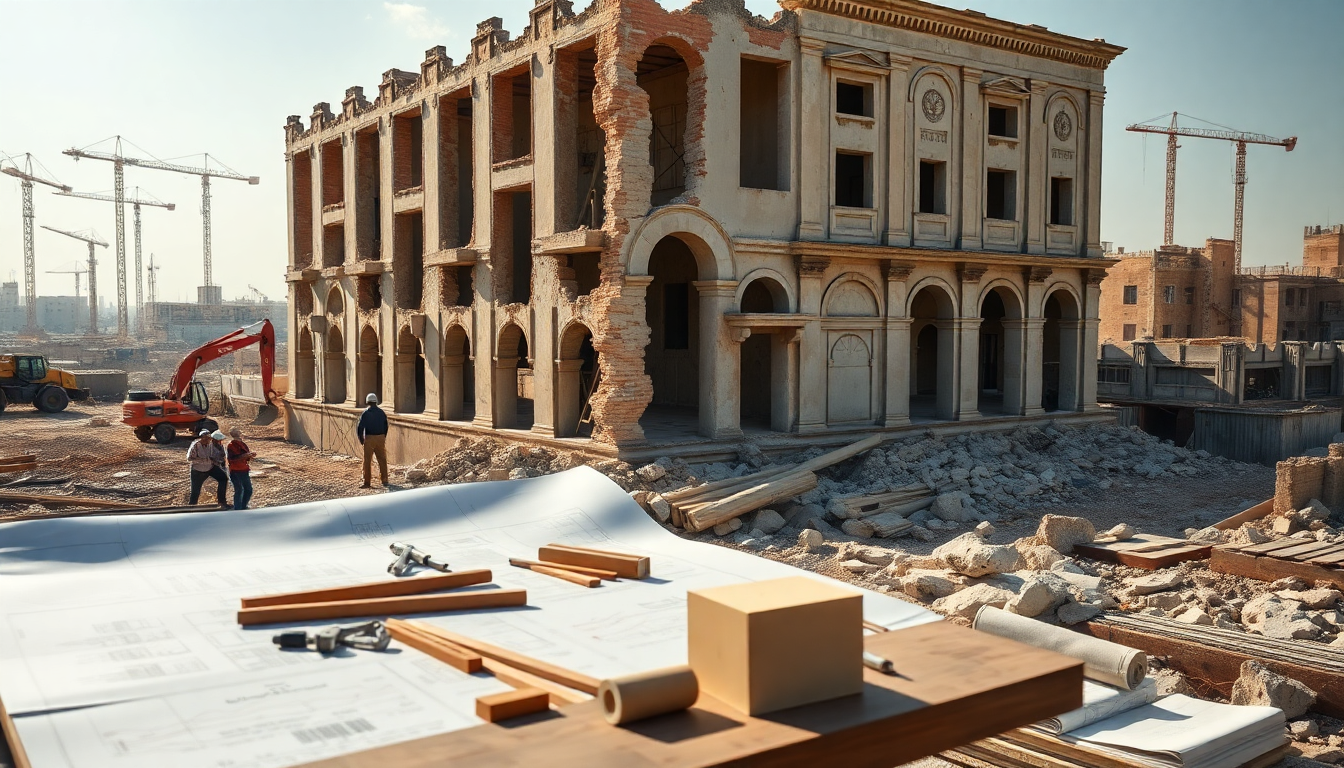Table of Contents
Have you ever thought about how war-torn regions can transform into hotbeds for investment? It might sound surprising, but the aftermath of conflict often opens up unique opportunities, especially in areas ready for reconstruction. Take Syria, for instance. After years of turmoil, it’s now catching the eye of investors from Gulf Arab countries, Turkey, and even Western firms eager to join in on the rebuilding efforts. As the geopolitical landscape shifts, understanding the investment dynamics in such contexts becomes crucial for anyone looking to tap into these emerging markets.
The Current Market Landscape
As countries and corporations set their sights on Syria, it’s essential to take a closer look at what the current market really looks like. The United States is being cautious, opting to support the Syrian government to fill the power vacuum left by Bashar al-Assad’s regime. This strategy isn’t just about stability; it’s also about limiting Iran’s influence and considering Israel’s security concerns. With these complex international relations at play, the investment climate is very much influenced by geopolitical dynamics, which in turn shape the opportunities available.
Recent data on investment pledges from various nations shows a renewed sense of optimism about Syria’s future. But will these investments actually come to fruition? Much depends on the stability and governance of the new administration. Investors need to stay alert and adaptable, constantly assessing risks and potential returns on investment (ROI) in this unpredictable environment. It’s vital to grasp local market conditions and the socio-political climate to craft successful investment strategies.
Key Investment Zones and Sectors
So, where are the most promising investment zones? Regions that already have some infrastructure and economic potential are likely to shine. Major cities like Damascus and Aleppo are set to be key players in the rebuilding phase. The reconstruction efforts will likely focus on various sectors, including real estate, construction, and energy. Investors should zero in on areas where demand for housing and commercial properties is expected to surge.
And let’s not overlook the tech landscape! There’s a significant potential for lucrative investments in technology and telecommunications. As Syria embarks on its recovery journey, advancements in these sectors could play a pivotal role in revitalizing its economy. By pinpointing specific neighborhoods or sectors that appear ready for growth, investors can strategically position themselves to ride the wave of an economic upswing.
Price Trends and Future Opportunities
Keeping an eye on price trends is essential for making informed investment decisions. Historical data and current market analyses suggest that property values in key locations are likely to appreciate as reconstruction efforts ramp up. It’s smart for investors to concentrate on areas with a solid track record, as these are usually more resilient during times of instability.
As rebuilding gains traction, the scope for investment will broaden. Prospective investors should monitor government initiatives aimed at attracting foreign capital, as these will significantly shape market conditions. Understanding the implications of these initiatives is crucial for optimizing investment strategies and ensuring a favorable return on investment.
Practical Advice for Investors
If you’re thinking about diving into the Syrian market, there are several practical steps you can take to boost your chances of success. First and foremost, thorough due diligence is a must. This means getting a grip on local regulations, potential risks, and the socio-economic landscape. Partnering with local firms or experts who know the market can provide invaluable insights, helping to mitigate risks tied to cultural and legal differences.
Additionally, maintaining flexibility in your investment strategies is key. The political landscape can shift quickly, which may impact the viability of your investments. By diversifying your portfolio and exploring different sectors, you can hedge against potential downturns while positioning yourself for growth in a recovering market.
Medium-Term Forecast
Looking down the road, the medium-term forecast for investments in Syria largely depends on how well the government stabilizes and how effectively reconstruction efforts are implemented. With ongoing international interest, there’s real potential for a revitalized economy, creating fertile ground for savvy investors. However, it’s crucial to stay cautious, as geopolitical tensions loom over any investment decision.
In conclusion, while the road to recovery is filled with challenges, the investment opportunities in Syria’s rebuilding phase are significant. By leveraging market data and staying attuned to the ever-evolving landscape, investors can navigate this complex environment and seize the potential for growth.


